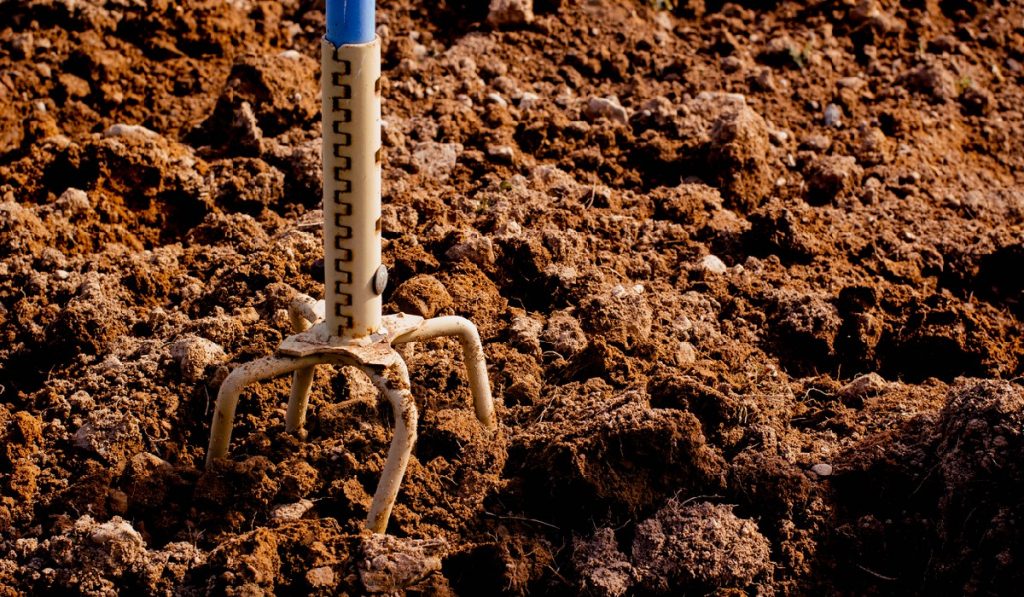Why Preparing Your Soil for Gardening Is Important

Gardens can be small havens in your home full of vibrant plants for you to admire and raise when you get home. They can also be a place where you grow your own produce, allowing you to prepare meals using ingredients coming right from your backyard. While there are many benefits to picking up gardening, it does come with its own set of challenges. In particular, gardening know-how can be the difference between a novice gardener and a seasoned veteran.
One of the most important things you need to learn as a new gardener is tilling the soil. While it may look like a simple task, it’s much more vital of an endeavor than you may think. Here’s why you should always consider tilling the soil when planting new plants in your garden.
WHAT IS TILLING?
Simply put, tilling is the act of breaking up the top layer of soil on the ground. You can do this with various tools, and even a simple trowel can do the trick if you’re willing to put in a little bit of extra work. A twist tiller is ideal for the task, however, if you can get your hands on one. Tilling causes the ground to break up and mix with the lower layer of soil, allowing the topmost layer to mix in with the layer below.
WHY TILLING MATTERS
It moves organic matter beneath the soil
The soil in your garden is made up of many, many different things. In particular, organic matter falls onto the topmost layer of your soil every day. This organic matter can come from many sources — be it dead leaves that have started decomposing, fecal matter from animals, or insects at the end of their lifespans. This organic matter can, in turn, enrich the soil, giving the soil more life and nutrients for your plants. If the organic matter is left in the topmost layer, however, it can take a while before the matter fully integrates with the soil itself.
To speed up the process slightly, you can “bury” the organic matter by tilling the soil. Breaking up the topmost layer will result in the organic matter mixing with the soil below. Beneath the soil are microorganisms and insects that will speed up the decomposition process and allow the organic matter to return to the soil more effectively.
It provides a space for planting
To plant a seed, you need to, of course, find a space for the seed to bury in. Many people simply dig a hole, toss the seeds in and call it a day, but you can take this a step further by tilling. Tilling the ground with a twist tiller will make the soil around the seed easier to work with, and when you’re planting multiple seeds at a time in a single patch, this can make work a little easier in the long run.
You can break up crusted soil
Soil that’s dried up and crusted due to weather conditions can be unfit for gardening. Of course, that doesn’t necessarily mean that the soil itself is dead — there may be perfectly good soil beneath that crusted layer. As such, you can till the ground to expose that layer beneath and mix the crusted layer with the soil below. Eventually, that crusted soil will return to its previous state.